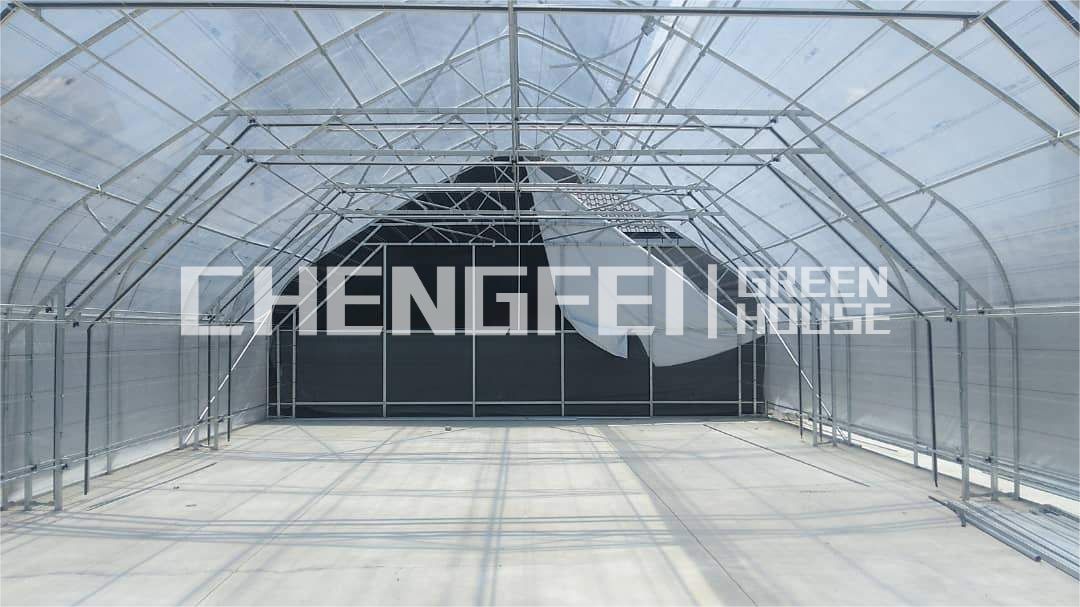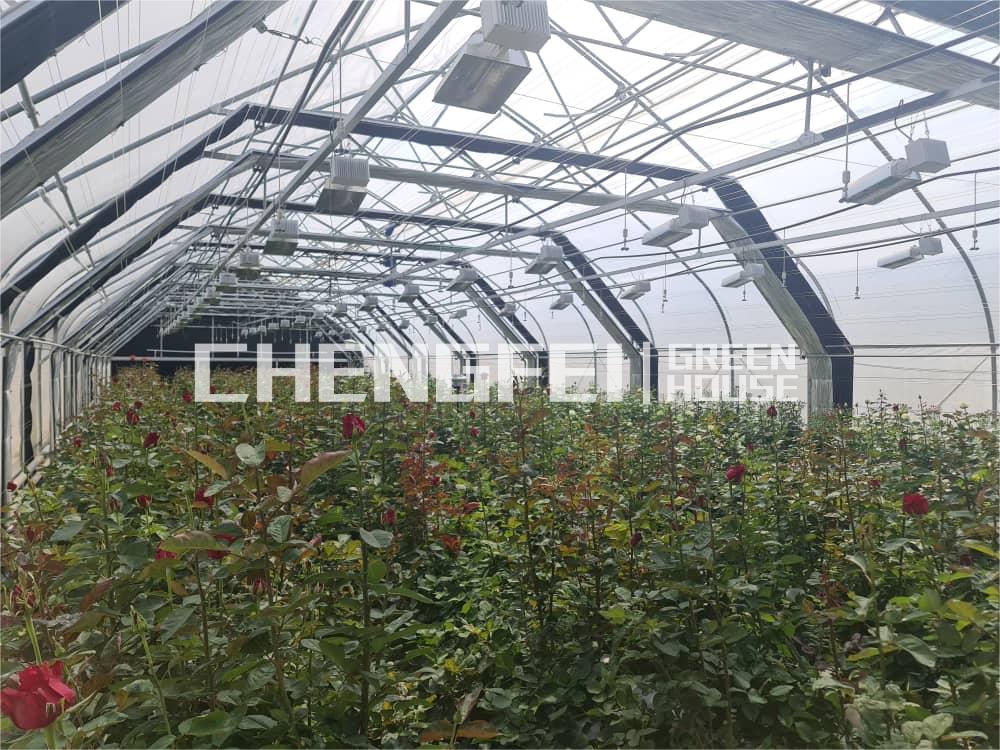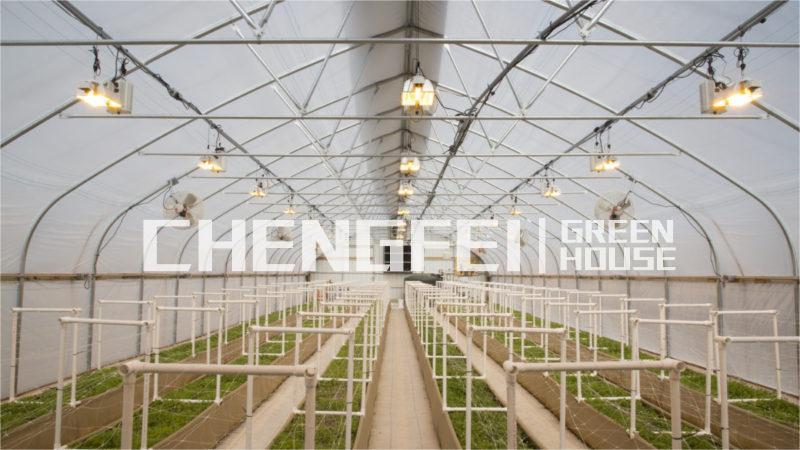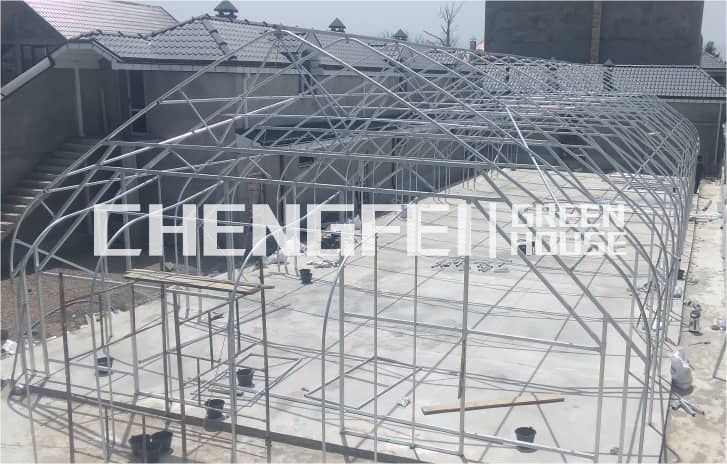In our last blog, we talked about how to improve the design of a blackout greenhouse.
For the first idea, we mentioned the reflective material. So let’s continue to discuss how to choose a reflective material for a blackout greenhouse in this blog.
Generally speaking, this depends on the specific needs and goals of the grower. Here are a few ideas to guide you on how to choose.

First factor: Material Reflectivity
This is a foundational factor, so put it first when talking. The reflective material should be highly reflective to maximize the amount of light that is reflected back onto the plants. Some of the most commonly used materials in the blackout greenhouse include Mylar, aluminum foil, and white paint. Mylar is a highly reflective polyester film that is commonly used in indoor gardening applications because of its high reflectivity. Aluminum foil is another reflective material that is easy to find and relatively inexpensive. White paint can also be used to create a reflective surface, although it may not be as effective as Mylar or aluminum foil. From the point of view of cost-saving and environmental protection, Mylar and aluminum foil are the best choices for a blackout greenhouse.
Second factor: Material Durability
Normally, blackout greenhouses replace different growing conditions with different growth cycles. These growing environments usually switch back and forth. This requires that the greenhouse material is resistant to high temperatures, corrosion, and rust. So the reflective material should be durable enough to withstand the conditions inside the greenhouse, including high temperatures and humidity. Mylar is a durable material that is resistant to tearing and can last for several growing seasons. Aluminum foil is also durable but can be prone to tearing if not handled carefully. White paint may not be as durable as the other options and may require reapplication over time.


Third factor: Material Cost
Cost is usually a key factor that people care about, especially when you have a large-scale blackout greenhouse. We still offer you a reference according to the three types of material that we mentioned above. Mylar is more expensive than aluminum foil or white paint, but it is also more effective at reflecting light back onto the plants. Aluminum foil is a cost-effective option, but it may not be as effective as Mylar. White paint is the least expensive option, but it may not be as effective at reflecting light and may require more frequent reapplication.
Fourth factor: Material Installation
This also involves installation costs. Mylar is typically installed using a special adhesive tape or local channel and wiggle wire. For aluminum foil, it can be attached using a spray adhesive or by taping it in place. For white paint, it is easy to operate and just sprays onto the original film.

In conclusion, the choice of reflective material for a blackout greenhouse will depend on the specific needs and goals of the grower. Mylar is a highly effective and durable option, but it can be more expensive. Aluminum foil is a cost-effective alternative, but it may not be as durable or effective as Mylar. White paint is the least expensive option, but it may not be as effective at reflecting light and may require more frequent reapplication. The grower should consider reflectivity, durability, cost, and ease of installation when choosing a reflective material for their blackout greenhouse. If you have more ideas about this topic, feel free to contact us anytime!
Email: info@cfgreenhouse.com
Phone: (0086)13550100793
Post time: May-16-2023







 Click to Chat
Click to Chat